Modelling shows real cost of no net-zero carbon emissions
Businesses and households faced interest rate hikes if the government had failed to adopt net zero by 2050, modelling shows.

Businesses and households would have faced interest rate hikes of up to 1.5 per cent under expected penalties imposed by global financiers if the government had failed to adopt net zero emissions by 2050, modelling for the Glasgow climate package shows.
The penalty regime would have sparked a 17 per cent investment collapse by the middle of the next decade, cutting 0.9 per cent from gross domestic product and making each Australian more than $650 poorer.
Households would have paid an extra $25bn a year to service home loans, and business and credit card debts.
The modelling, released on Friday by Scott Morrison, predicts the government’s net zero by 2050 plan can lift national income by 1.6 per cent by 2050, or $2000 per person, by developing new technologies to lower emissions.
It assumes 85 per cent of the net-zero target can be achieved by improvements in existing technologies at a voluntary price of about $25 for each tonne of carbon abated. But if there is no new technological innovation the price would rise to about $80 a tonne.
If developing technologies such as hydrogen fail to become cost-competitive and there is no international carbon trading the cost could be as high as $400 a tonne.
Developing a $50bn-a-year hydrogen industry is the centrepiece of the plan, accounting for $1000 of the $2000-a-year improvement in Australian’s incomes attributable to the policy.
The modelling was released as world leaders backed down from scrubbing out coal and fossil fuels from future energy mixes in the latest draft statement from the COP26 summit in Glasgow. Instead they looked to accelerate phasing out unabated coal power and inefficient subsidies for fossil fuels. The summit’s other big goal – to bring countries back to the table within 12 months to elevate their 2030 ambitions and to provide more than $100bn a year for developing countries – was also watered down.
Senior ministers and negotiators were continuing to hammer out the final draft as countries continued to squabble over the extent of financing for developing countries and timeframes for fresh carbon emission reduction plans.
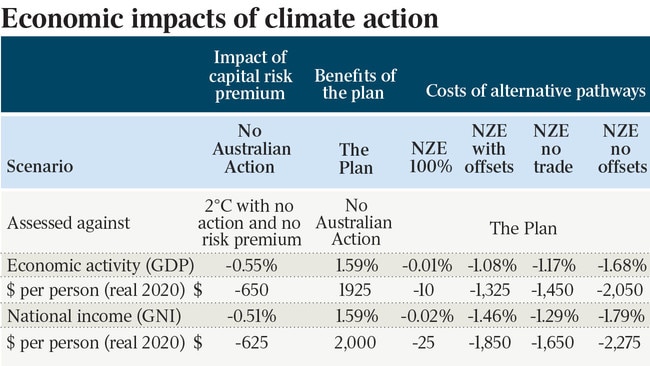
The latest draft, released on Friday, noted “with deep regret” that developed countries had not mobilised $100bn a year for developing countries and urged countries to deliver on the goal through to 2025.
Australia’s climate modelling predicts coal exports will halve by 2050 but the gas industry would keep growing.
Despite the fall in coal exports, the modelling predicts the total value of the mining sector will be 34 per cent higher with a net gain of 62,000 jobs in regional areas.
McKinsey estimated there could be 100,000 direct jobs created from low-emissions industries.
The hydrogen industry would underpin jobs growth of the future leaving each person $1000 better off by 2050. “Australian hydrogen production could be worth more than $50bn in 2050 … lifting national income by about $1000 per person in addition to the other benefits of advanced technology,” the modelling says.

It assumes significant carbon abatement from the farming sector with up to 7 per cent of heavily cleared agricultural land replanted for carbon sequestration.
The government revealed it received advice from Treasury that there would be a “capital risk premium” of between 100 and 150 basis points if Australia did not adopt a net-zero by 2050 target. This would increase borrowing costs on current levels by between $25bn and $38bn, according to economist Saul Eslake.
“It is almost certain that Australia would face some form of global response if it did not take on a credible 2050 emissions target,” says the government’s analysis of the modelling.
“This could take a variety of forms: increased capital costs for Australian governments, firms and households reflecting increased perceived financial risks; trade action against Australian exports intended to offset any competitive advantage derived from perceived weaker abatement policies; or lower demand for specific Australian products reflecting potential consumer concerns about a perceived lack of action on climate.”
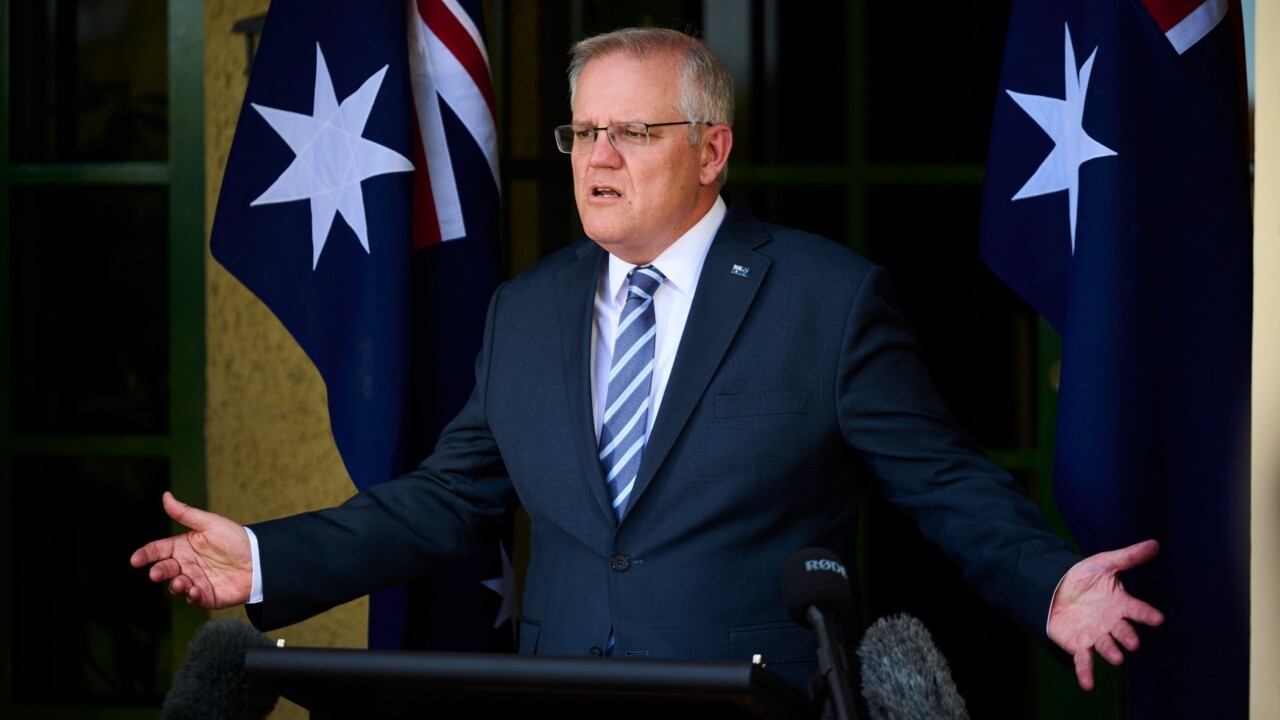
The modelling is based on global temperatures being kept below 2C, rather than the push by wealthy nations for 1.5C. It does not model the economic costs of increased severe weather events that are predicted to come from climate change.
The Prime Minister said that when technology reached the right price targets it could “be commercialised and introduced at scale”. “Then you know how that will impact on industrial processes and how these fuels are used in Australia. That’s how you work that through the modelling of the economy to understand those impacts on being able to lift up jobs,” Mr Morrison said.
“It’s like in any sort of modelling, you are saying these policies are designed to get these outcomes and those outcomes produce this for the economy on jobs and on earnings.”
Energy Minister Angus Taylor said the key to the government’s priority technologies – clean hydrogen, low-emissions steel and aluminium, carbon capture and storage and soil carbon – was driving down costs.
The modelling was criticised by economists and climate groups for lacking detail.
Climate Council senior researcher Tim Baxter said the modelling “may as well have been written in crayon”.
“The most striking thing about this modelling is that it predicts the government won’t reach its own net zero by 2050 goal,” Mr Baxter said. “This is pure spin. A document that has the singular purpose of attempting to legitimise the federal government’s do-nothing approach.”
The modelling did not include the assumptions underpinning the government’s increased projections for its 2030 target, with Mr Morrison telling the Glasgow summit Australia was on track to lower emissions by 35 per cent by the end of the decade.

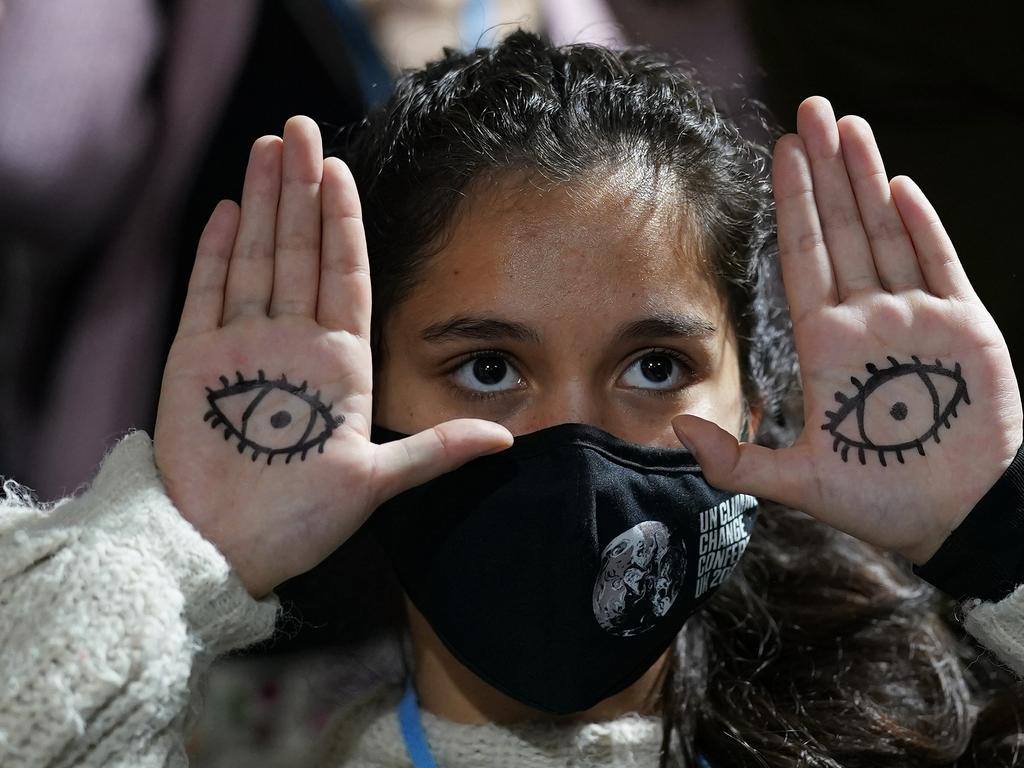
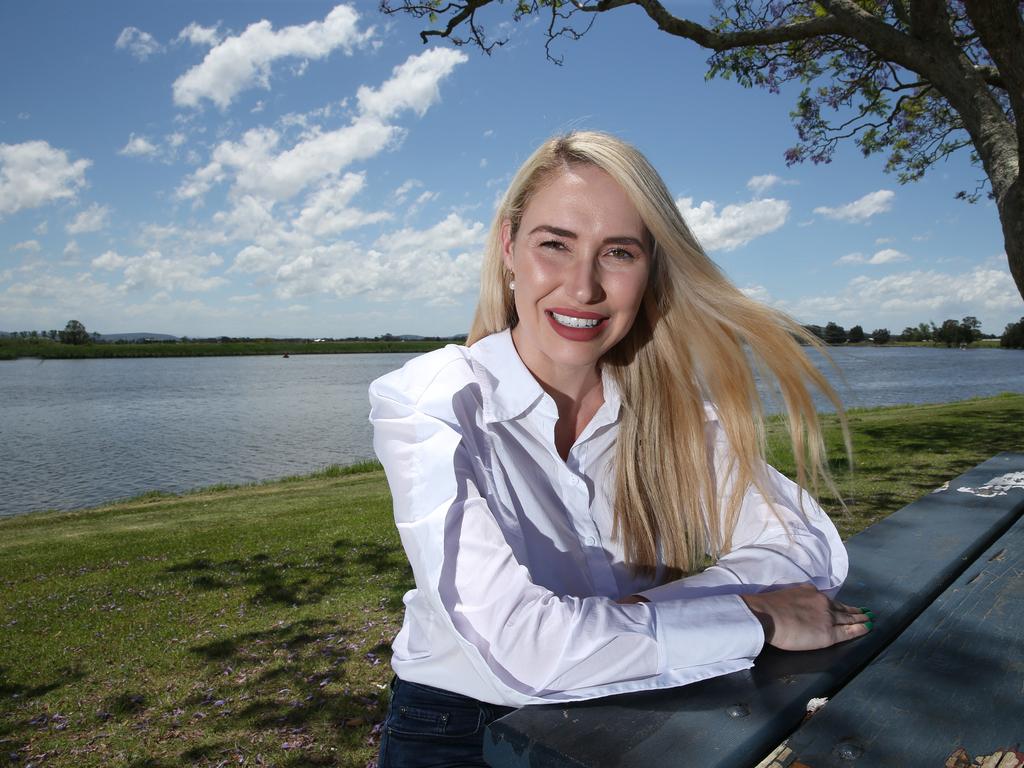

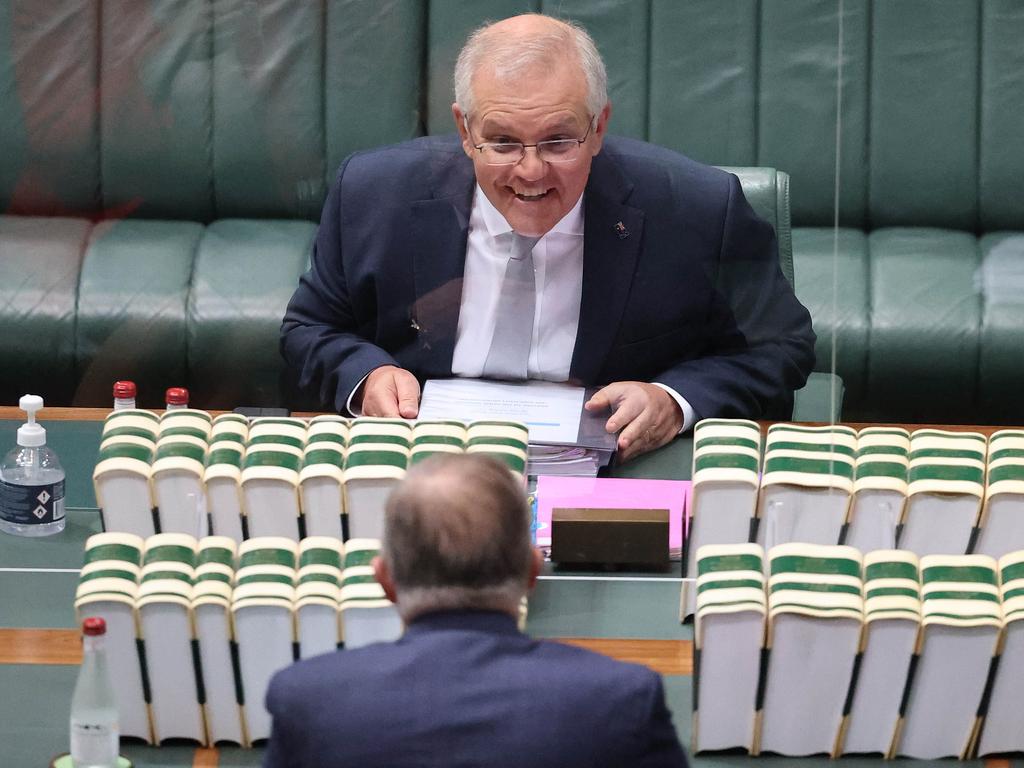


To join the conversation, please log in. Don't have an account? Register
Join the conversation, you are commenting as Logout